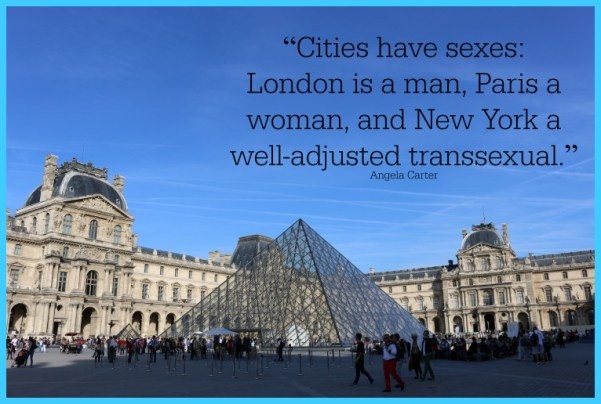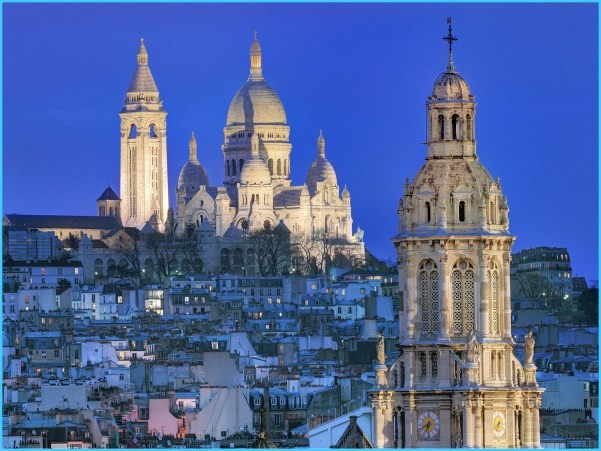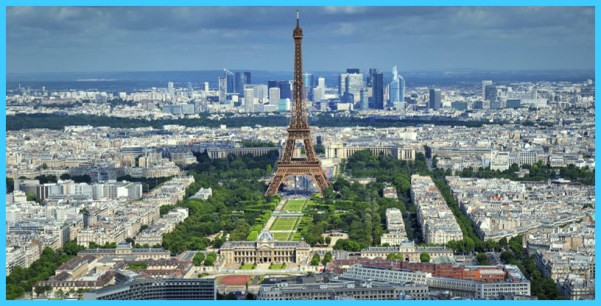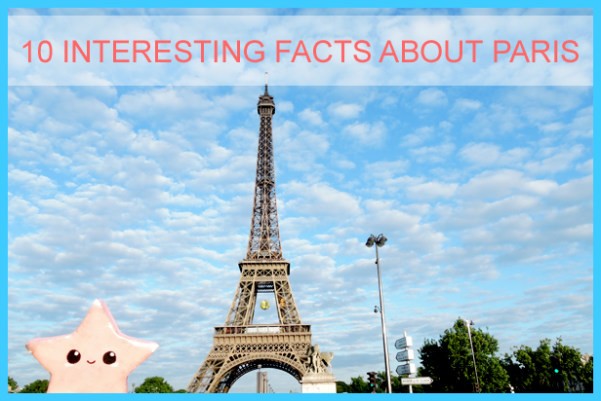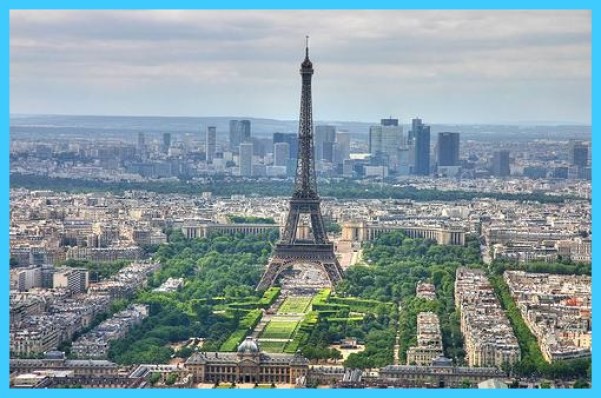Saint-Germain-en-Laye
A funny, musty chateau and a funny town to match it, unplugged altogether from the rhythm of Greater Paris and not plugged in to anything else – as though the irrelevance of James II’s court in exile still hung around it. The chateau faces a portentous classical church, some faded old streets and an elegant semicircular-ended railway station, the terminus of one of the earliest lines in France; it was opened in 1837 as far as le Pecq and then carried up to Saint-Germain ten years later, originally as an atmospheric railway. All these peer at one another in good-natured incomprehension: the traveller is perplexed but not rebuffed.
The chateau itself was effectively a rebuilding or vertical addition by Francis I to a medieval keep, to remind him of what he had seen in Italy. His memories turned out to be of the flippant brick and stucco style of Lombardy which the Italians themselves quickly discarded for more serious things. And Saint-Germain, designed by Pierre Chambiges in 1539, was subjected to a shakedown in the 1870s and 1880s which accentuated just that unreality that hampered the original design. It only remains to add that the museum of prehistory which is installed here smothers some moving things in an avalanche of shards and bored custodians. In the moat there is a copy of part of Trajan’s column, inscribed ‘REPRODUCTION GALVANOPLASTIQUE’. Just so.
About Paris Photo Gallery
Embedded in all this is a medieval Sainte-Chapelle, and the violent repairs of the nineteenth century have if anything entranced the basilisk stare of this ferocious monument. It was built for
Saint Louis in 1230-38, fifteen years before the Sainte-Chapelle in Paris and, it is presumed, by the same designer, Pierre de Montereau. It was certainly built by some moonstruck advancer of the human race, for he could have quite happily jumped into the middle of the nineteenth century: his windows stretch from buttress to buttress, flat-headed and filled with what here seems to be a contemptuous geometrical arrangement of arches and circles. Inside, to sustain this, the great windows need a pointed inner skin which supports the vault; we apologize: steel was invented five hundred years too late. And in the west wall, now blocked, is the most audacious and arrogant rose window of all, filling two thirds of the whole surface. No wonder French architecture didn’t know what to do next. Inside this formidable cage there are exhibited Gallo-Roman sarcophagi from Provence, pagan by birth and Christian by adoption. They are worth looking at.
Tours To Paris Saint-Germain-en-Laye: Musee Municipale
An unlikely setting for one of Bosch’s most penetrating summations of human frailty, The Charlatan. And, also, a superb portrait of an elderly Dutch lady of the seventeenth century, carrying the experience of both her own life and the artist’s. It deserves to be attributed to Rembrandt.
Saint-Germain-en-Laye: terrasse
Reached through a grille between chateau and railway station, this is the one truly magnificent thing at Saint-Germain. It was laid out by Le Notre and took four years to complete; he finished it in 1673. The site is a bluff above the Seine, about a quarter of a mile from the river. Le Notre made a terrace, with the view on one side and an avenue of lime-trees on the other; and that terrace is a mile and a half long. But, in spite of this, it is quite different from the other formal axes up and down which the unwary visitor may have trudged. It implies liberation, not constraint: the whole of western Paris on one side, the tall trees on the other, and an invaluable dip in the middle which I would be prepared to bet that Le Notre would have preferred to straighten. Human life can play itself out against this generous framework where a less single-minded layout would distract too much: it must be a marvellous place for a discussion. The immediate foreground is a ragged set of allotments and for the rest there is one of the prettiest of view-indicators, all done in some kind of faience, supplied before the war by the Touring Club de France.
Maybe You Like Them Too
- The Best Places To Visit In North America For Christmas
- Faro Travel Guide: Map of Faro
- Mumbai Travel Guide For Tourists: Map Of Mumbai
- Travel to Budapest
- Thailand Travel Guide for Tourists: The Ultimate Thailand Map











